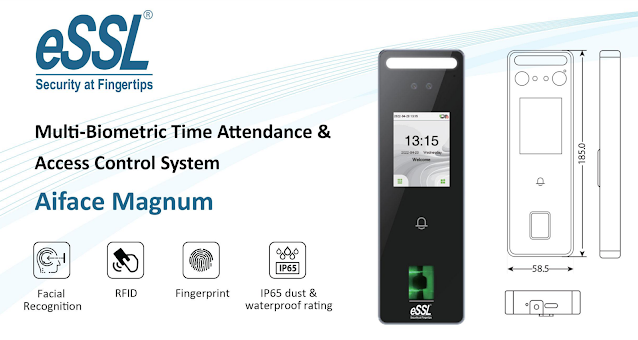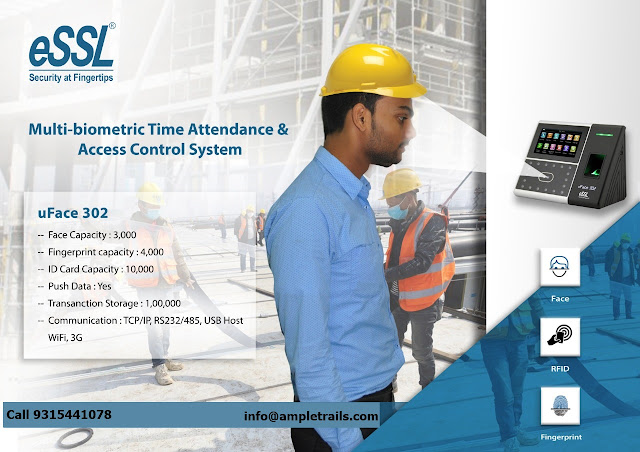How biometric attendance machine works
A biometric attendance machine is a device that uses biometric features such as fingerprints, face, iris, or voice to identify and record the attendance of employees, students, or other members of an organization. It works by scanning the biometric feature of the person and comparing it with the stored data in a database or a cloud server. If there is a match, the machine registers the attendance and sends it to the attendance management software or system.
- It prevents fraud, proxy, or buddy punching by ensuring that only the authorized person can mark their attendance.
- It improves accuracy, efficiency, and transparency by eliminating manual errors, delays, or manipulation of attendance records.
- It saves time, money, and resources by reducing paperwork, administration, and maintenance costs.
- It enhances security, privacy, and compliance by protecting biometric data with encryption and authentication protocols.
Some of the challenges or drawbacks of using a biometric attendance machine are:
- It may not work properly in case of poor quality or damaged biometric features, such as cuts, scars, or dirt on the fingers or face.
- It may not be compatible with some existing attendance management systems or software, requiring integration or customization.
- It may face legal or ethical issues regarding the collection, storage, and use of biometric data, such as consent, ownership, access, and deletion.
- It may encounter technical or operational problems such as power outages, network failures, hardware malfunction, or human error.
To use a biometric attendance machine, one needs to follow these steps:
- Enroll the biometric feature of the person in the machine by scanning it and entering the relevant information such as name, ID number, department, etc.
- Verify the biometric feature of the person by scanning it again and checking if it matches the enrolled data.
- Mark the attendance of the person by scanning their biometric feature every time they enter or exit the premises and recording the date and time of their presence.
- Download or access the attendance data from the machine to the computer or web application using a USB cable, Wi-Fi connection, cloud service, or other methods.
- Analyze or manage the attendance data using an attendance management software or system that can generate reports, alerts, payroll, etc.
To learn more about how biometric attendance machines work and their advantages and disadvantages, you can refer to these sources:
https://ampletrails.com/biometric-time-attendance-machine-2
https://ampletrails.in/biometric-attendance-machine/
https://www.attendancemachine.in/

